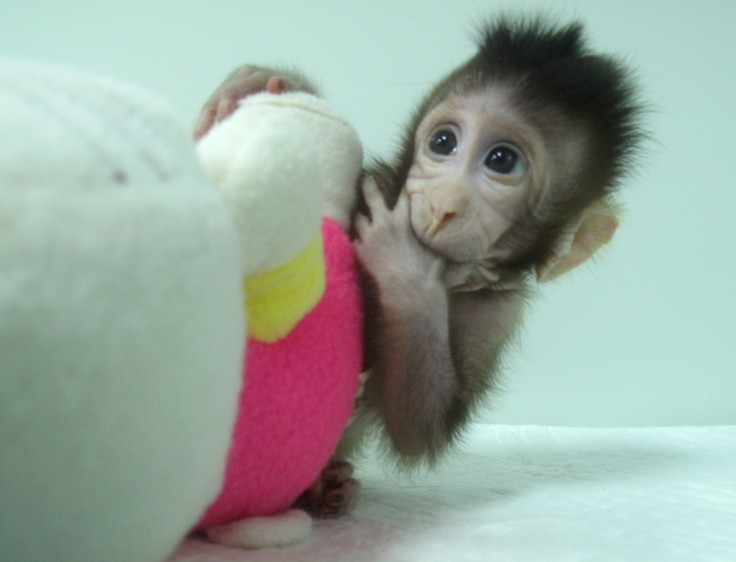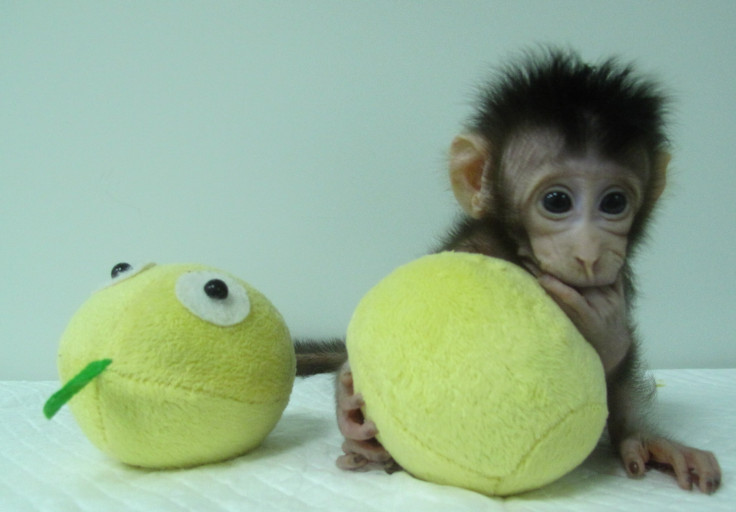Cloned Monkeys, Zhong Zhong and Hua Hua, Open Up New Research Possibilities
Scientists from the Institute of Neuroscience at the Chinese Academy of Sciences have successfully cloned primates, only the second time in the world. And in a first, the two long-tailed macaque monkeys were cloned by somatic cell nuclear transfer (SCNT), the same technique used to clone the world’s first cloned animal, Dolly the sheep.
The two genetically identical macaques were born two weeks apart, in late November and December. The elder one is called Hua Hua and the younger Zhong Zhong, named after the Chinese adjective “Zhōnghuá” (it means Chinese nation or people in Mandarin). Researchers said it would now be possible to conduct research in laboratories using genetically uniform monkeys.

A rhesus monkey called Tetra was the first primate to be cloned, in 1999, but that procedure — embryo splitting — was a simpler method than SCNT. Similar to how twins are born, that method can produce a maximum of four clones at a time. But in SCNT, the nucleus of an egg cell is replaced with a nucleus from differentiated cells, and the egg develops into a clone of whatever creature the other nucleus came from. This process makes it possible to have multiple clones of the same creature.
“There are a lot of questions about primate biology that can be studied by having this additional model. You can produce cloned monkeys with the same genetic background except the gene you manipulated. This will generate real models not just for genetically based brain diseases, but also cancer, immune or metabolic disorders, and allow us to test the efficacy of the drugs for these conditions before clinical use,” Qiang Sun, director of the Nonhuman Primate Research Facility at the Chinese Academy of Sciences’ Institute of Neuroscience, explained in a statement Wednesday.
Sun, who is also the senior author of an open-access paper that appeared Thursday in the journal Cell, said the researchers tried a number of different ways to get SCNT to work with monkeys, and failed a number of times before finally succeeding. That is because unlike other mammals, such as mice or dogs, differentiated monkey cell nuclei proved resistant to SCNT. Zhen Liu, first author of the study, spent three years perfecting a method that led to a high rates of normal embryo development and pregnancy in female monkeys used as surrogates.

Researchers said they strictly followed the international guidelines for animal research, set by U.S. National Institutes of Health. But they also said they wanted the scientific community to discuss ethical practices when it comes to cloning non-human primates.
“We are very aware that future research using non-human primates anywhere in the world depends on scientists following very strict ethical standards,” Mu-ming Poo, a coauthor on the study, said in the statement.
The researchers expect more macaque clones will be born in their lab in the coming months. For now, Zhong Zhong and Hua Hua, who are bottle-fed, are being monitored for their physical and intellectual development, and are showing normal growth for monkeys their age.
© Copyright IBTimes 2024. All rights reserved.





















